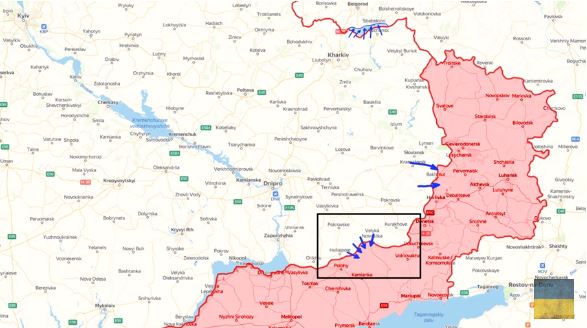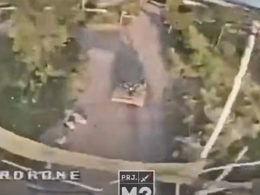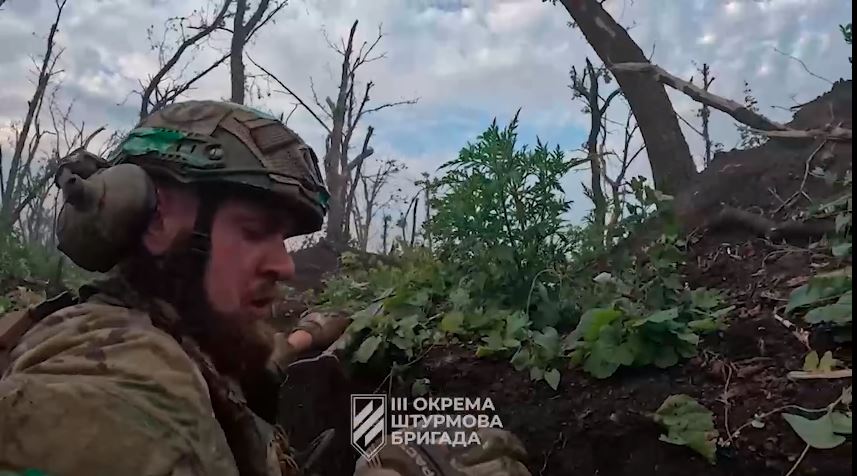Day 466: Today, There is a Wealth of Good News.
In the Belgorod Oblast, after observing that the Russian forces were simply incapable of warding off even small assault groups, both the Freedom of Russia Legion and the Russian Volunteer Corps resolved to rapidly escalate their operations.
The insurgent forces initiated seven more lines of attack and managed to secure at least four settlements, namely, Solntsevka, Sereda, Maryno, and Leninskiy. Meanwhile, battles are ongoing in nine more settlements, including Zibrovka, Shebekino, and Voznesenovka.
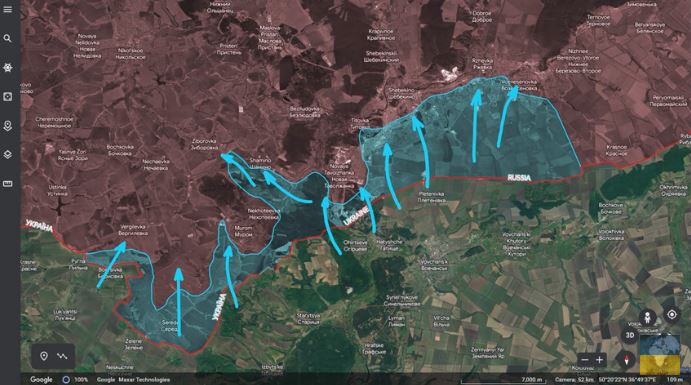
Combat footage substantiates the ongoing operations in multiple settlements. Russian officials were compelled to concede that the issue remained unresolved and began a massive evacuation.
At present, Russian forces have lost control over 200 square kilometers of the Belgorod Oblast. The crisis persists in escalating, and an increasing number of sources have begun to regard Belgorod as a new front line.
The scale of the operation also suggests that casualties are on the rise, which led the commander of the Russian Volunteer Corps to propose a prisoner of war swap to the Head of the Belgorod Oblast. The offer was declined, with the Head of the Oblast labeling them as terrorists and expressing doubt that the Russian soldiers were even alive.
The Head of the Wagner Group, Prigozhin, promptly responded with sharp criticism of the decision to essentially abandon Russian soldiers. He asserted that arranging a regular prisoner exchange was a commonplace and cost-free endeavor.
In parallel, it was unveiled that the Russian Ministry of Defense had attempted to ambush and kill the withdrawing Wagner forces from Bakhmut. Prigozhin disclosed that his troops noticed strange activity in the rear, and upon inspecting the roads, found them extensively mined, seemingly in preparation to eliminate the entire convoy.
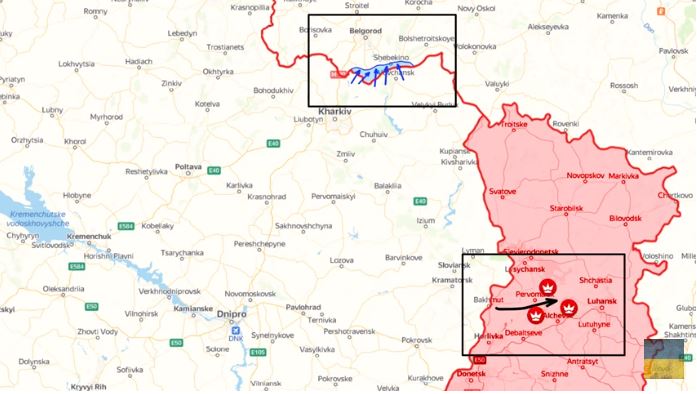
Prigozhin explained that they had successfully demined the area, but upon withdrawal, they were targeted by artillery fire, presumably intended to take out survivors post mine detonation.
The Wagner forces undertook an internal raid and captured the artillery crew that had fired upon them. They later presented a video with the commander of the Russian 72nd Brigade, who confessed that a team of 12 individuals under his command had targeted Wagner forces.
Prigozhin seized upon these circumstances and announced that for security reasons, he would no longer disclose the timing and locations of his forces' deployment, with all operations to be conducted under his discretion, sidestepping the Russian Ministry of Defense.
Prigozhin wasted no time in relocating certain elements of his forces to the Belgorod Oblast, asserting that if the Russian Ministry could not fulfill its duty to protect the Russian people, then he would do so himself.
The Head of the Chechen Republic, Ramzan Kadyrov, identified this opportunity as well and voiced his potential contribution.
Meanwhile, Russian forces began losing Bakhmut. The instant the Wagner Group withdrew from the city, leaving the "Donetsk People's Republic" units solely accountable for Bakhmut, Ukrainians moved into the southwestern part of the city.
It is worth noting that before withdrawing, Ukrainians made a shrewd move by detonating several high-rise buildings precisely in this area.
Subsequently, the Ukrainian Air Force conducted an airstrike, utterly destroying the remaining buildings that the Russians could have used to defend the southern part of the city.
Today, a commander from the Wagner Group confirmed that Ukrainians had infiltrated the southern part of the city, a section previously held by Wagner.
Russian analysts express grave concerns that Ukrainians will exploit these gains to perform a pincer movement on Klischiivka and break the most formidable stronghold without even launching an assault.
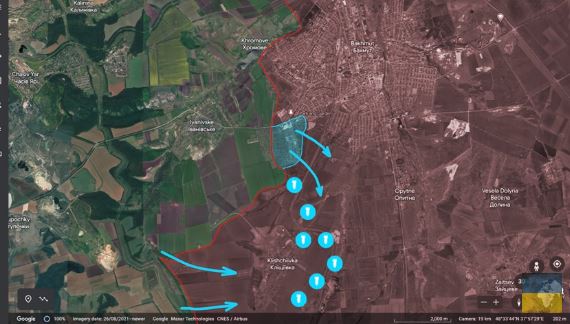
Today, a fighter from the Aidar battalion reported that they were exacerbating the situation by impeding the rotation process with artillery fire. According to intercepted radio exchanges, Russians in Klischiivka may soon abandon their positions due to food scarcity and sheer exhaustion.
However, the most significant news comes from the south. Here, Ukrainians launched a series of mechanized assaults. During the first stage of the offensive operation, Ukrainians opened two lines of attack: toward Novodarivka and Neskuchne.
Russian sources reported that Ukrainians deployed up to two motorized rifle companies with several T-72 tanks. Consequently, Russian defenses were breached, and Russian troops fell back.
Shortly thereafter, Ukrainians launched the second stage of the offensive operation, opening four lines of attack: toward Levadne, Pryiutne, Storozheve, and Rivnopil. Once again, Ukrainians opted to use small company-sized units for each of the attacks.
In the case of the first two attacks, Ukrainians managed to penetrate 3 km into the oblast but encountered mines and opted to retreat. In Storozheve, Russian forces received reinforcements, enabling them to quickly counter the assault due to the numerous surrounding settlements. After a brief engagement, Ukrainian forces withdrew.
Lastly, in Rivnopil, Ukrainians fell into a trap and faced overwhelming artillery fire. As a result, Ukrainians lost one tank and nine vehicles.
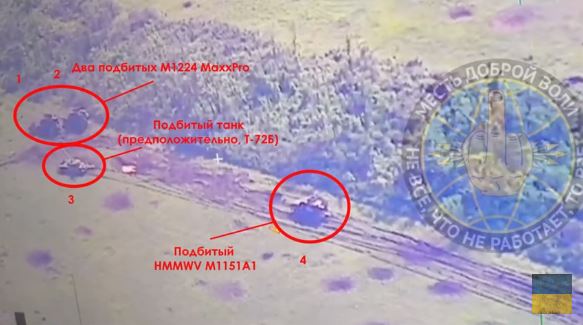
Overall, Ukrainians managed to advance by two and, in some areas, by five kilometers in one day and secure two settlements.
At the moment, Ukrainians need to demine approaches to the next settlements along the line and suppress Russian artillery around Rivnopil.
So far, this was merely a reconnaissance-in-force operation, as the assault units were very light. Ukrainians did not utilize seasoned assault units or heavy Western equipment, yet they still managed to carve out multiple kilometers in one go.
In our daily frontline report, we pair up with the military blogger Reporting from Ukraine to keep you informed about what’s happening on the battlefield in the Russo-Ukrainian war.

